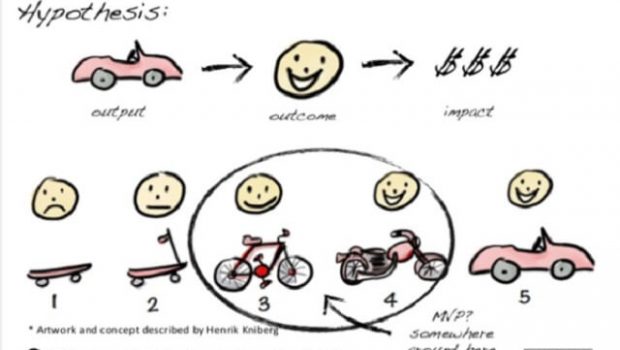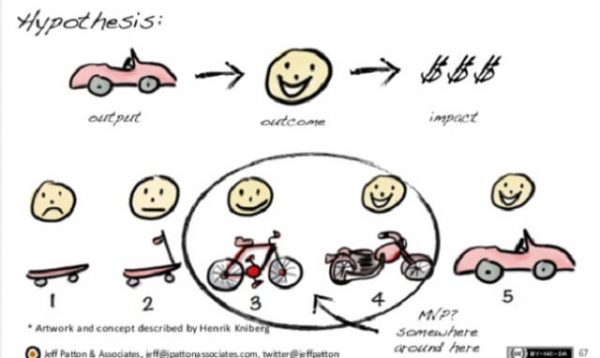Explaining The Minimal Viable Product
Many software developers are painfully aware of what a minimum viable product (MVP) entails. Forbes defines the MVP as an early version of the final bit of software, with basic features to catch the eye of investors, but with enough background to allow for feedback which fuels future development. In the realm of software development, an MVP offers a base from which a bit of software can expand, eventually reaching a state where it can be released to the public. The problem that most developers encounter is where exactly the point of MVP lies. In a lot of cases, developers simply start designing and developing, hoping to release a final product, and somewhere in the middle lost their way or get bogged down trying to implement unnecessary features. So where exactly should the MVP be?
Create an MVP with Just Enough Features
The MVP must present the most basic iteration of the software. As Technology Innovation Management Review notes, a new piece of software should be built around offering value as one of its primary motivators. Additionally, the product should offer a set of features that allow for the growth of the product over time. By creating a piece of software that fulfills both needs, i.e. offers value to the customer as well as the minimum amount of features that would encourage people to invest in the product, that’s where the sweet spot for MVP exists. This gives the developers a baseline to work around and an endpoint they can realistically hope to achieve.
Early Customer Satisfaction
Among the things that generate hype about innovation in software is the users that get to experience it for the first time. In marketing a piece of software, the users form the frontline of the organic marketing force that would carry the news about the product to the people that they share an interest with. A great example in the eCommerce industry starts with the comprehensive, yet easy to follow, guide on how to tie a tie. This guide was created by the online marketing brainiac Omar Sayyed who not only developed his own platform in which he sales his products on, but he also orchestrated a brilliant content marketing campaign to drive organic traffic to the platform and to his eCommerce store. With a well-developed piece of software and content marketing strategy that keeps customers engaged, it’s easy to get customers interested and involved in spreading the word. However, in developing an MVP, it should be noted that first impressions go a long way towards capturing the hearts and minds of new users. While the product itself need not be polished to perfection in an MVP, it should at least offer ease of use as well as value through its utility. This early customer satisfaction provides a basis for later marketing by sowing the seeds of expectation.
Using Feedback from Early Releases
Open View notes that there is no replacement for a face-to-face discussion about an MVP with product testers. The feedback that these testers provide give a hint to developers what needs to be improved, what can be left as it is, and what should be done to change things moving forward. It also allows a company to test the feasibility of the product moving forward, since if most testers claim the product is of no use to them, then the company can stop wasting time developing a product their core demographic won’t use, such as a wheelchair which would normally be targeted at disabled users.. Early release feedback is essential in creating a development roadmap and implementing features going forward. The feedback loop will allow developers to work the bugs out of a product before it hits the market as well as allow new customers hands-on experience with the product prior to release.
Minimum Viable Products in the Context of Growth
An MVP is basically a company’s push to see whether their idea is feasible and if so, how feasible it is. It’s the first step in developing a final product, but it embodies the usability of the final product as well as the basic features that users may need. Any startup that has a good idea needs to look into developing an MVP that provides that basic functionality while at the same time leaves room for growth and criticism of the existing features. This is the point in time that the product is most malleable and open to change. Many final products bear little resemblance to their initial beta counterparts. By focusing on the feedback from early testers, a company can go on to improve and innovate on their base idea while keeping the core of the system intact and functional.
















